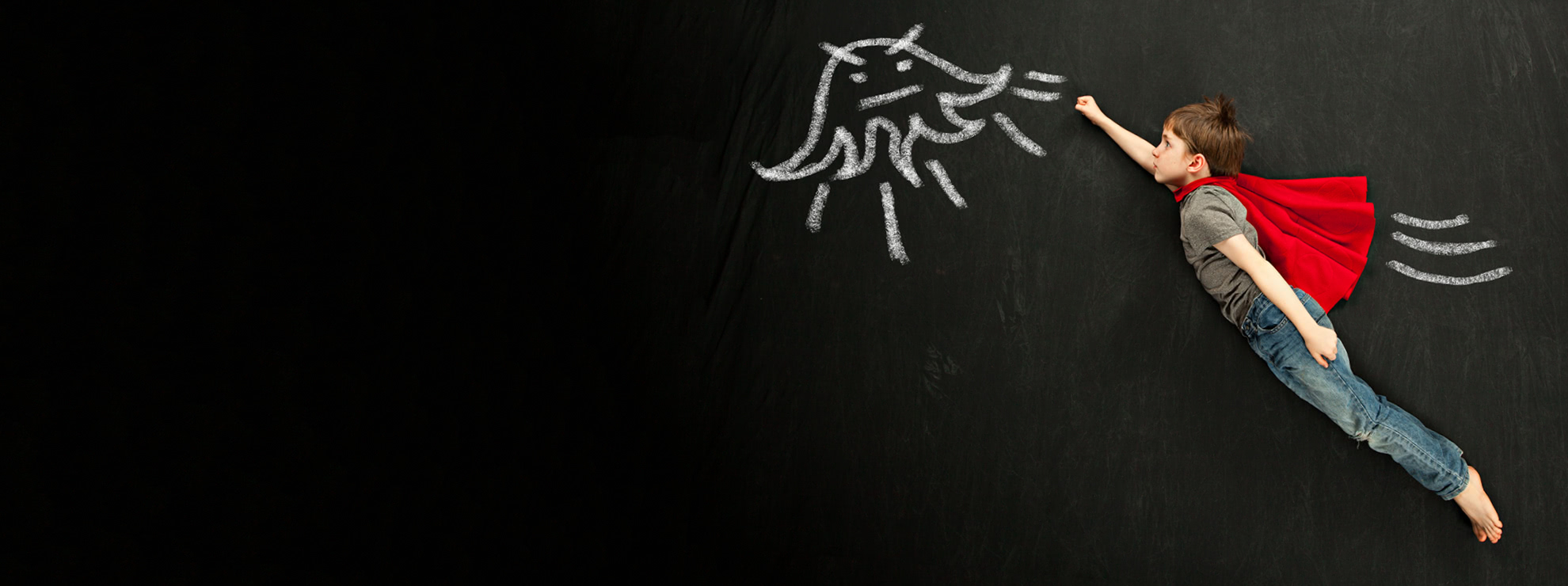Background
Every year, approximately 300,000 children are diagnosed with cancer and about 80,000 die of cancer.1 In 2009, World Community Grid joined the battle to improve these grim statistics by supporting Help Fight Childhood Cancer. This research effort helped scientists discover several potential treatments for neuroblastoma, one of the more common cancers that affect infants and young children. Now, the same scientists are expanding their team and research to look for drug candidates for additional types of childhood cancers with the Smash Childhood Cancer project.
The Problem
In the past 20 years, only a small number of new drugs designed to treat childhood cancer have been approved by the US Food and Drug Administration. Half of all the chemotherapy treatments used for children with cancer have been in existence for 25 years or longer.
Members of the Smash Childhood Cancer research team have identified proteins and other molecules that play key roles in certain childhood cancers. The challenge is now to find chemical drug candidates that specifically target these key molecules and therefore control the cancer cells. However, finding such drug candidates among millions of possibilities is an expensive and challenging process.
The Proposed Solution
A search on this scale is possible only with the help of World Community Grid volunteers. The effectiveness of these chemical compounds can be tested in millions of virtual chemistry experiments, each performed on volunteers’ computers or Android devices.
These calculations will identify the top drug molecules that are likely to control each of the target molecules found in cancer cells. Laboratory tests will then identify the best compounds from the identified candidates for further research and drug development.
In addition to neuroblastoma, the scientists are initially interested in developing treatments for brain tumor, Wilms' tumors (malignancies in the kidneys), hepatoblastoma (liver cancer), germ cell tumors, and osteosarcoma (bone cancer).
Next, drug candidates identified through World Community Grid projects usually proceed through an extensive development process to be turned into treatments. For example, researchers may need to modify the molecules to make them more potent, eliminate toxicity, and make them easier to administer. We hope this project will let this research team and other scientists progress much sooner to this development stage, and reach the ultimate goal of curing these childhood cancers.
Like all other World Community Grid research partners, the Smash Childhood Cancer research team is committed to releasing all their data to the public as quickly as possible, so other scientists can help advance the development of some of the identified promising compounds into new drugs.
1 Press release, International Agency for Research on Cancer (World Health Organization). February 15, 2016
